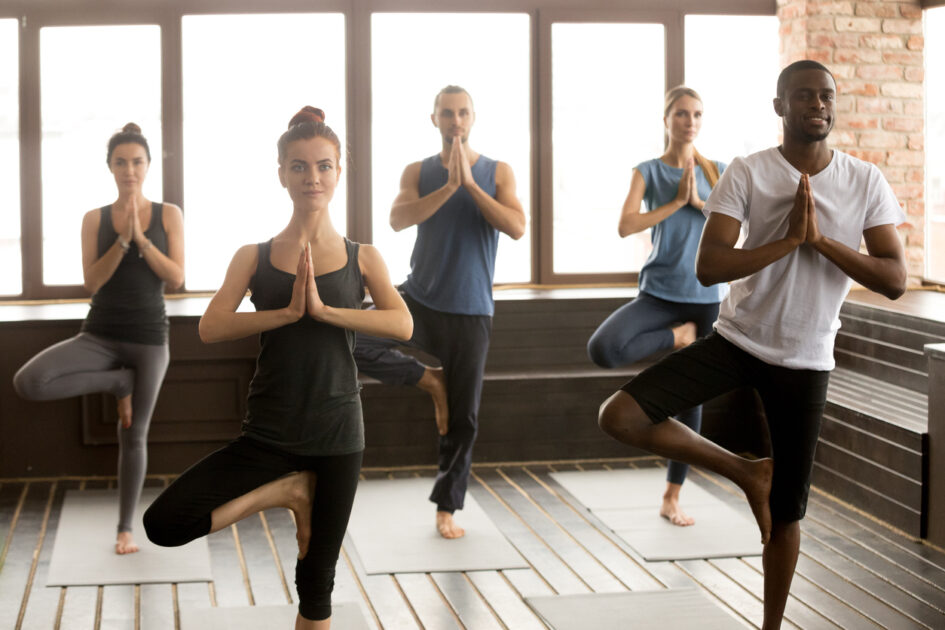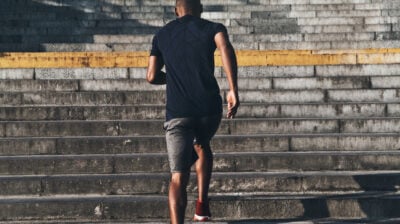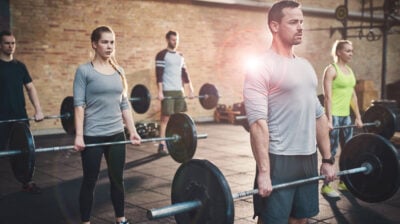The different types of yoga
There are a number of different yoga styles – find out which one is for you

Yoga has been around for thousands of years. It started off in ancient India but has now become hugely popular around the world thanks to its physical, mental, and spiritual benefits.
Yoga is a great way to stretch the body, increase flexibility, calm the mind, and also get a workout. The benefits you get from yoga can depend on the type of yoga you do.
What is yoga?
Yoga uses stretching, movement, breathing methods, relaxation, and meditation to exercise your body and mind.
There are lots of different types of yoga. Some focus more on exercising the body, while others concentrate on meditation and relaxation.
Types of yoga
The yoga styles below are just some of the types of yoga that are available. Every yoga studio will have different yoga styles on offer, and the best way to learn about a yoga style is to try it.
If you’re signing up for a yoga class, ask about the type of yoga being taught so you know what to expect. If you don’t enjoy the first few classes then try a different type of yoga. The styles can be quite different, so it’s worth trying different classes until you find the one that works for you.
Some types you may be able to sign up for include:
Hatha
Hatha yoga is one of the most popular styles of yoga, and a good option for beginners. This a classic type of yoga that focuses on breathing and posture, moving slowly through the different poses, and holding poses for longer than you would in other types of yoga. This is a good way to get introduced to different yoga poses, moving with the breath, and getting used to the practice.
Hatha yoga helps to bring peace to the mind and body, and is a good way to prepare for meditation. A number of different yoga styles can fall under Hatha. Speak to the teacher of the class to find out what to expect.
Ashtanga
Ashtanga yoga involves moving through a set series of poses. It usually consists of six poses that move fluidly, flowing from one to the next with each inhale and exhale. The poses are always performed in the same order.
This is one of the more physically demanding types of yoga, as you constantly move from one pose to another throughout, rather than spending a few minutes in a pose. This is a good option if you’re looking for a workout.
Vinyasa (Flow)
Vinyasa yoga is sometimes called ‘Yoga Flow’ on a class list. Vinyasa yoga was influenced by Ashtanga yoga. Your movement is synchronised with your breath, using your breathing to move from one posture to the next. The difference between Vinyasa and Ashtanga is there is no set series of poses to go through and no set order in Vinyasa yoga. The teacher can change the poses and one class can be different to the next.
This is also a great option if you want to have a bit of a workout when practising yoga.
Power
Like Vinyasa, Power yoga was also inspired by Ashtanga yoga. This type of yoga was adapted in the 80s, influenced by the popularity of aerobics. It’s an active form of yoga, but it differs from Vinyasa Flow because poses are often held for longer, and there’s a greater emphasis in building strength and muscle in the body, rather than flexibility and moving with the breath.
Power yoga is a good class to take at the gym, especially if you want to tone your body and work on muscle strength.
Bikram (Hot yoga)
Bikram yoga is one of the ‘hot yoga’ styles. This type of yoga takes place in a sauna-like room, and usually involves 26 basic yoga positions that are performed twice. The temperature in the room can range from 35-40 degrees Celsius.
This can be an intense and challenging type of yoga, and it’s very important to prepare for the class by drinking plenty of water before, during, and after to avoid dehydration. It’s best to avoid eating within 2 hours before the class. You will need your own mat because you will sweat a lot, and leggings or close fitting pants are better than shorts because it prevents your legs from becoming slippery with sweat. A tight-fit tank top, a sports bra, or no shirt (for those who might have this option, such as men) are good choices for any hot yoga class.
While Bikram is not the only hot yoga class you’ll find, it is one of the most popular.
Iyengar
In Iyengar yoga, there is a greater emphasis on detail in each pose, and a deeper focus on controlling the breath. This type of yoga uses props such as blocks, straps, and blankets to get you into the perfect positions and go deeper. Poses can be held for a long time, and you make small adjustments while controlling your breathing.
This is a good way to build strength and stability, and can help to increase flexibility over time.
Restorative
As the name suggests, this is a more relaxing type of yoga and involves spending long amounts of time in the same 4-5 positions. Postures can be adapted to make them easier to stay in them, and props like block, straps, and blankets can be used to help you to go deeper into a relaxation.
This is a great option for anyone who needs to calm their mind, relieve stress, or unwind after a busy day.
Aerial yoga (Anti-gravity yoga)
Aerial yoga or ‘anti-gravity yoga’ is a form of yoga that is done using a soft, fabric hammock that hangs from the ceiling. The fabric is held up by carabineers, chains, and webbing straps, and people pracising will do a variety of traditional yoga poses or aerial adaptations of yoga poses while using the hammock for support.
Benefits of yoga
There are a range of benefits to practising yoga, from toned muscles, stretching your body, releasing tension, and helping to clear your mind.
Some of the benefits to practising yoga include:
- Reducing stress
- Relieving anxiety
- Relaxation
- Boosts your mood
- Increased energy
- Increased muscle strength
- Increased muscle stregth
- Improving balance
- Improved posture
- Help with sleep






